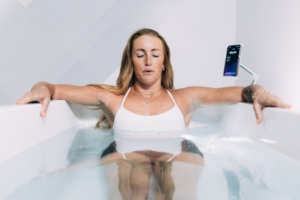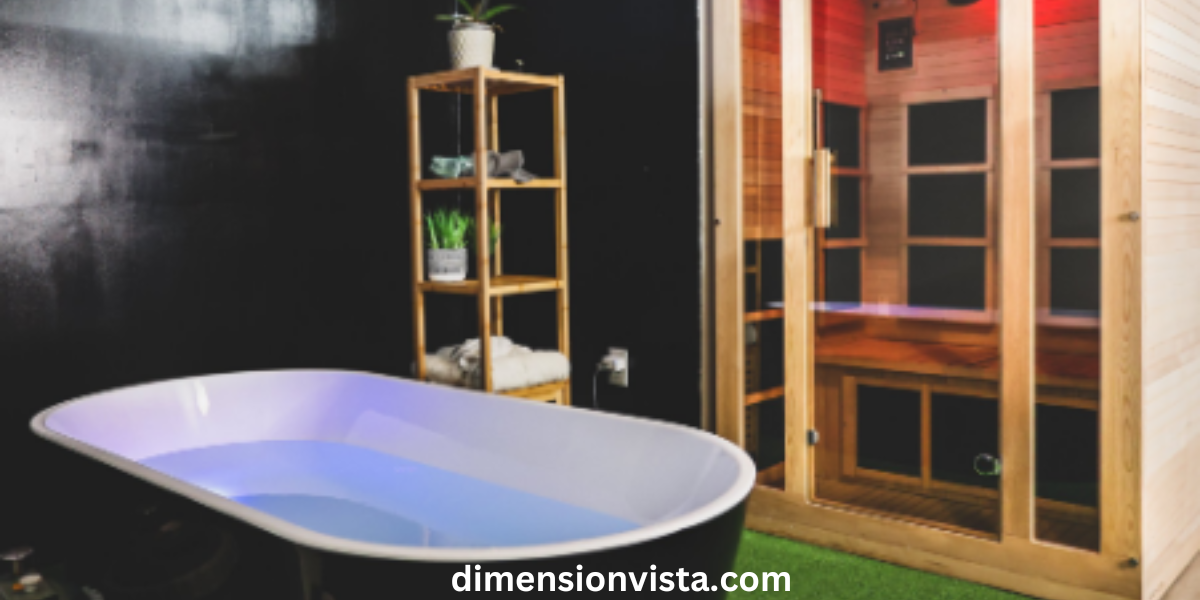Contrast therapy, also known as hot and cold therapy, is a simple yet effective method to speed up muscle recovery, reduce inflammation, and improve circulation. Traditionally used by athletes and physical therapists, contrast therapy can also be done in the comfort of your own home right in your bathtub.
In this guide, we’ll explore the benefits of how to do contrast therapy in Your bathtub, how to perform it safely, and tips for optimizing your experience. Whether you’re looking to recover from a tough workout or simply enhance your wellness routine, this step-by-step approach will help you get the most out of contrast therapy.
What is Contrast Therapy?

Contrast therapy involves alternating between hot and cold water immersion to stimulate blood flow and reduce muscle soreness. The process typically includes:
- Hot immersion to dilate blood vessels and relax muscles
- Cold immersion to constrict blood vessels and reduce inflammation
- Alternating cycles to promote circulation and healing
This practice has been used for centuries in various cultures, from Nordic cold plunges to Japanese onsens, as a natural way to enhance recovery and well-being.
Benefits of Contrast Therapy
1. Enhances Circulation
Alternating between hot and cold water forces blood vessels to expand and contract, improving overall blood flow. This can help flush out toxins and deliver oxygen-rich blood to sore muscles.
2. Reduces Muscle Soreness
Athletes often use contrast therapy to reduce delayed onset muscle soreness (DOMS) after intense workouts. The cold water minimizes inflammation, while warm water soothes tense muscles.
3. Speeds Up Recovery
By promoting circulation and reducing swelling, contrast therapy can help speed up the body’s natural healing process, making it an effective tool for post-workout recovery or injury rehabilitation.
4. Boosts the Immune System
The stimulation of circulation and temperature shifts may help strengthen the immune response, making the body more resilient to illness.
5. Enhances Mental Clarity and Relaxation
Cold water immersion has been linked to increased endorphin production, while warm water promotes relaxation. This combination can leave you feeling refreshed, alert, and calm.
How to Do Contrast Therapy in Your Bathtub
Step 1: Gather Your Supplies
Before starting, make sure you have everything you need:
- A bathtub (or two tubs if possible)
- A thermometer to monitor water temperature
- Ice (if you need to cool the water further)
- Towels and comfortable clothing for after your session
Step 2: Set Up the Water Temperatures
- Hot Water: Aim for a temperature between 98-104°F (37-40°C) warm enough to relax your muscles but not scalding.
- Cold Water: Ideally between 50-59°F (10-15°C). If your tap water isn’t cold enough, add ice to reach the desired temperature.
Step 3: Begin with Hot Water Immersion
- Immerse yourself in warm water for 3-4 minutes.
- Relax your muscles, take deep breaths, and let your body adjust.
Step 4: Switch to Cold Water
- Quickly switch to cold water immersion for 1 minute.
- Expect an initial shock focus on breathing steadily.
Step 5: Repeat the Cycle
- Alternate between hot and cold 3-5 times, always ending with cold water.
- If it’s your first time, start with shorter cycles and gradually increase the duration.
Step 6: Dry Off and Warm Up
- Once finished, dry off immediately and put on warm clothing.
- Hydrate with water or herbal tea to help regulate your body temperature.
Tips for an Optimal Contrast Therapy Experience
- Start slow: If you’re new to contrast therapy, ease into it with fewer cycles and less extreme temperatures.
- Listen to your body: If you feel dizzy or unwell, stop immediately.
- Combine with breathing exercises: Deep breathing can help manage discomfort and enhance the benefits.
- Stay hydrated: Temperature shifts can dehydrate you, so drink water before and after your session.
- Use essential oils: Adding eucalyptus or lavender to warm water can enhance relaxation.
Who Should Avoid Contrast Therapy?
While contrast therapy is generally safe, some individuals should consult a doctor before trying it:
- Those with heart conditions or high blood pressure
- Individuals with circulatory disorders
- People with sensitivity to extreme temperatures
- Pregnant women (consult a doctor before attempting)
Conclusion
Contrast therapy is an accessible and effective way to recover, relax, and rejuvenate all from the comfort of your bathtub. By following this guide, you can safely incorporate this method into your wellness routine and experience its many benefits.

